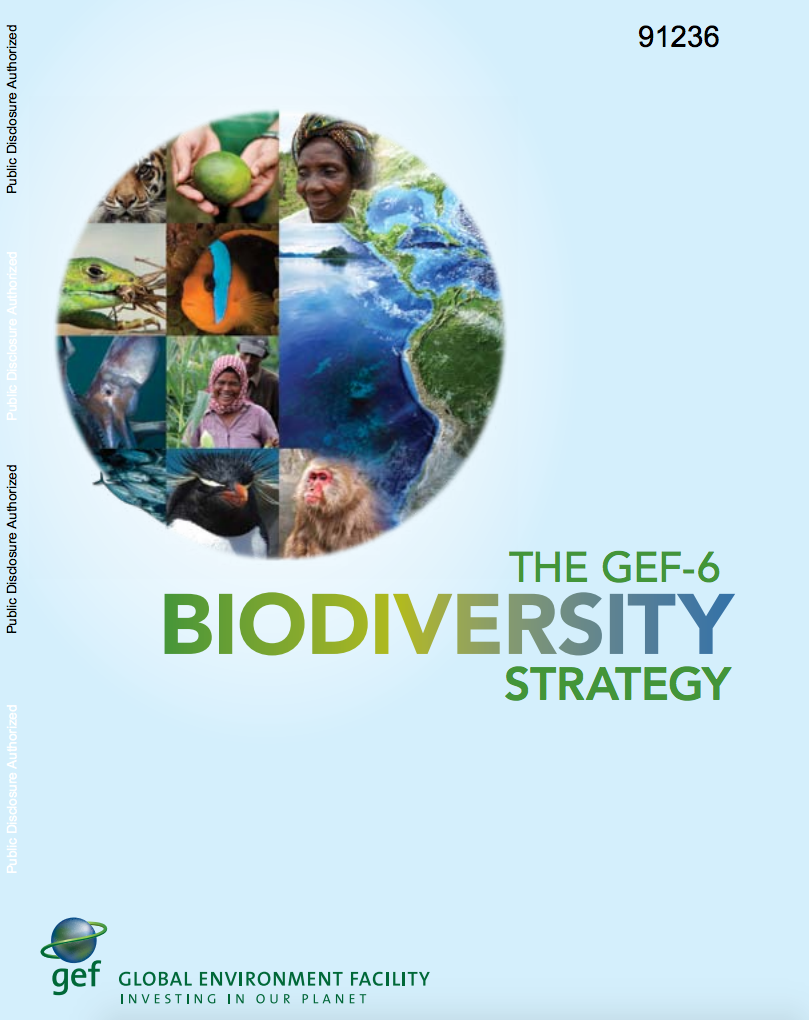Environmental and Social Policy and Procedures
The prime objective of the project/subproject is to improve the power sector in the State of
Mizoram and capacity building to achieve sustainable development in the long term. The Project is
expected to facilitate connection to remote/virgin area, to enhance the capacity & reliability of the system,
to improve voltage profile & to reduce losses and ultimately to enhance satisfaction for all categories of
consumers which in turn will spur growth & overall development in the whole State.


